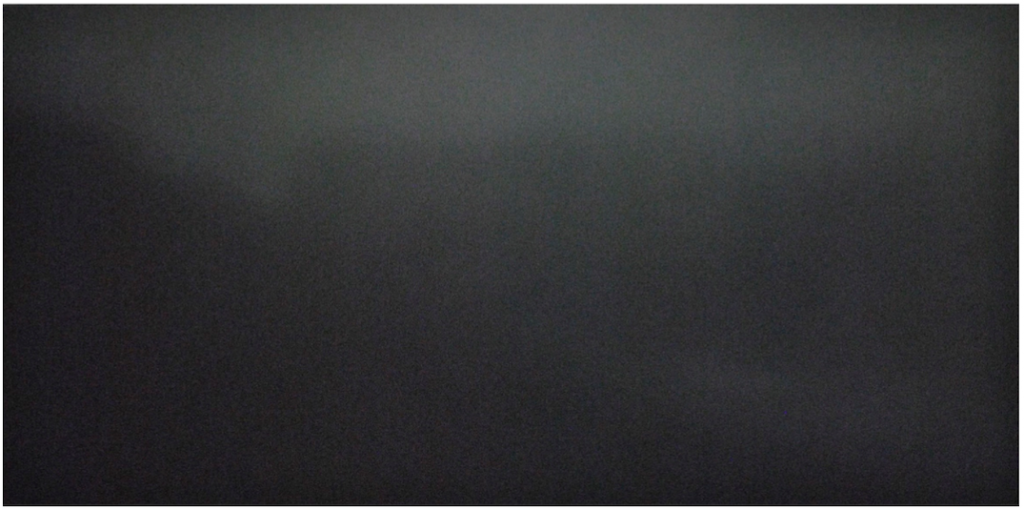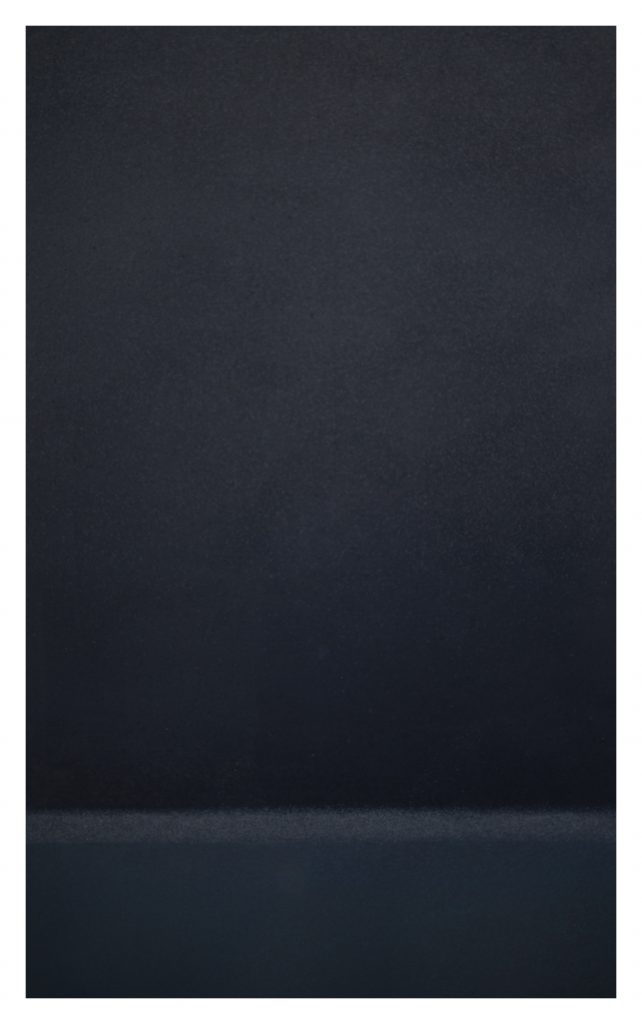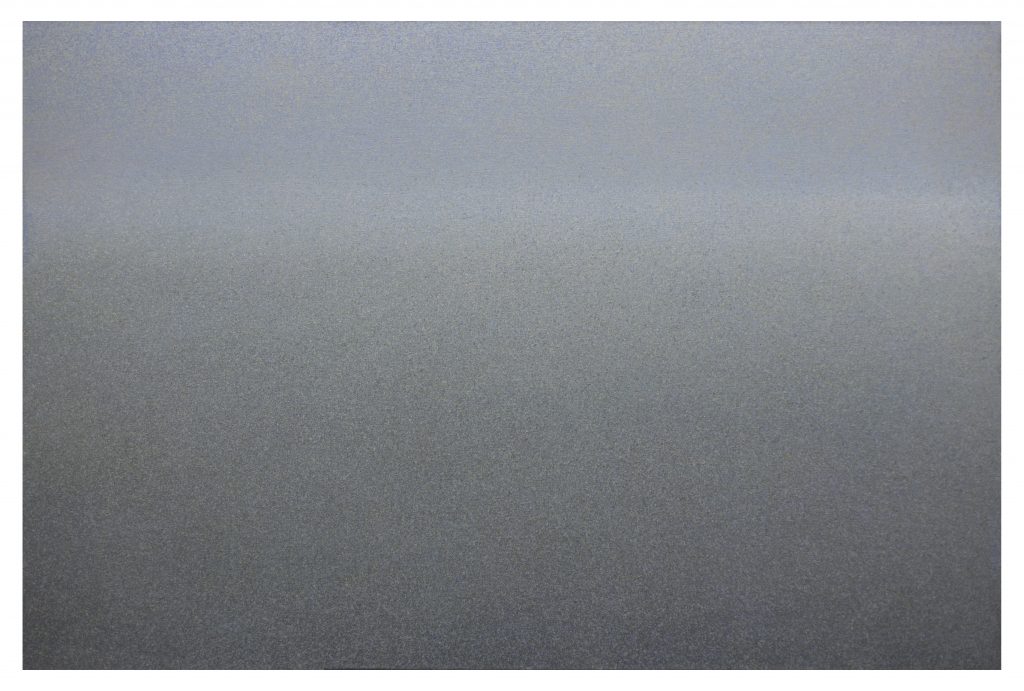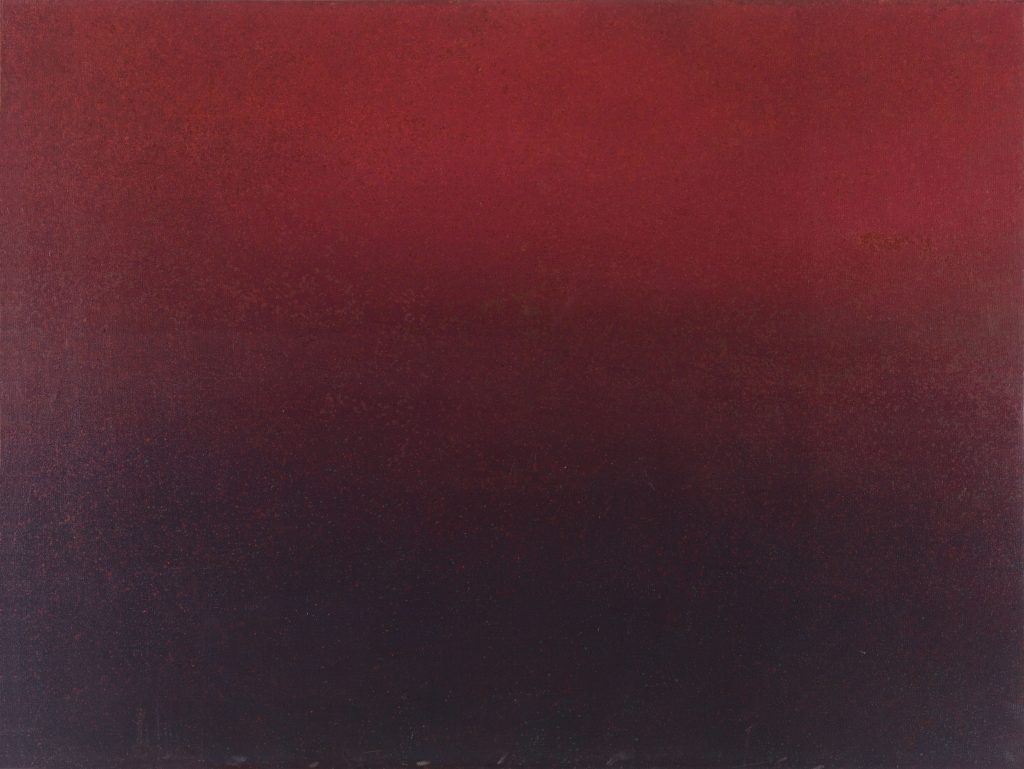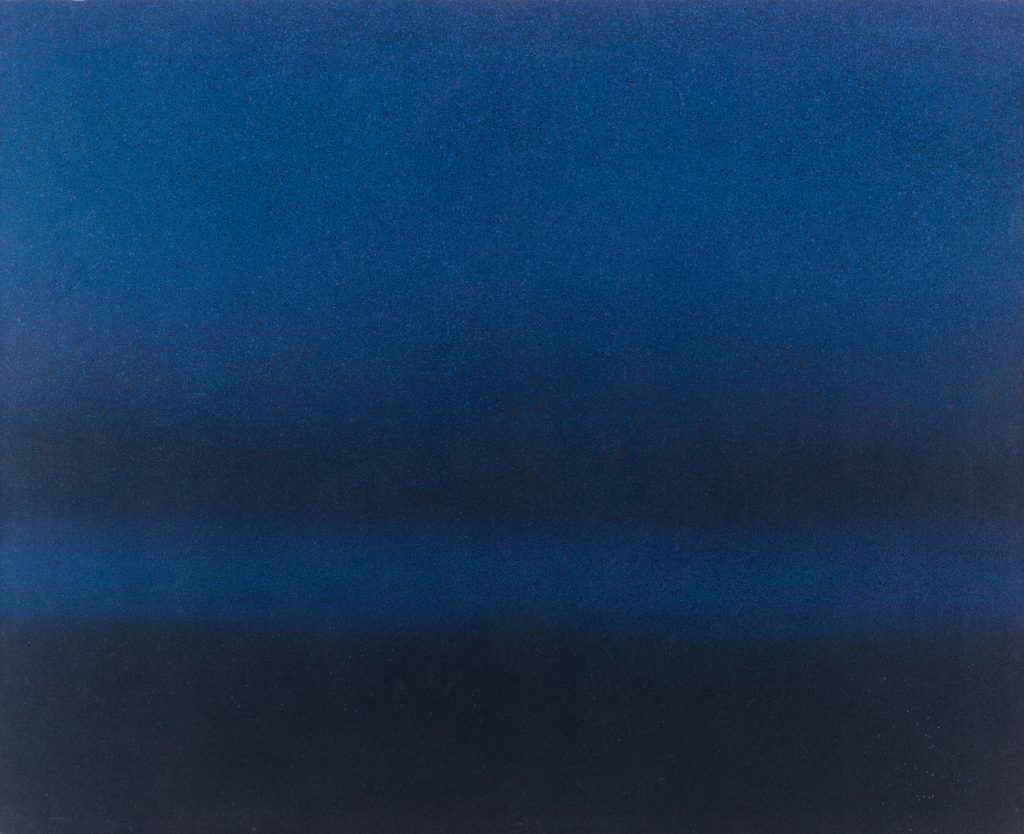Contact us for more information
Jiang Dahai is an artist of Chinese origin, whose work synthesizes traditional Chinese and Western artistic elements. A major figure of abstraction in China, he was born in 1946 in the city of Nanjing, China. He graduated from the Central Academy of Fine Arts in Beijing in 1986 with a master’s degree in the school’s oil painting department. That same year, he moved to Paris and began his studies at the École Nationale Supérieure des Beaux-Arts. He worked and lived only in Paris until 2007. He now divides his time between Beijing and Paris.
Modern influences
Based on an intimate knowledge of the art of Corot, Degas, Cézanne or Morandi and Rothko, Jiang Dahaï develops an art that is both fascinating and dizzying. This art is elaborated from a very simple gesture, borrowed from the oldest Chinese tradition. The drop of paint that the painter consciously lets fall from his brush onto the paper.
Like the artist in front of his canvas, the viewer’s gaze must operate by an approach, both close and distant. This one, revealing by there, its character at the same time obsessive and elusive.
The originality of this work is due singularly to the gesture that the artist has developed to paint. Guided by an extreme concentration, Jiang Dahaï’s painting is illuminated by the minimal density of his gesture.
Jiang Dahai: between abstraction and minimalism
The artworks are a mixture of natural and abstract forms in harmony with each other on a 2D surface. His forms tend to be minimalist but powerful in their simplicity. At the turn of the 20th century, after many years of searching for an icon closer to his roots, he began to play with the texture of the paper, the dryness and wetness of the brush so that they dissolve into a mist and become “rhythmic.” His paintings are “mysterious and abstract images”, a bit like the Western abstract painters, such as Mark Rothko and Pierre Soulages, who played with geometric shapes, lines and dots.
Exhibitions
Jiang Dahai will exhibit six large recent paintings at the Musée Guimet. The artist’s singularly silent and spatial art will thus resonate with this place. It evokes, with its vault and circular walls, a sanctuary or a sacred space. His pictorial practice is linked to both the landscape tradition of classical Chinese painting and to that of Western abstraction. In a minimalist and monochrome inflection, she extends and renews the nature of the dialogue undertaken by the Chinese artists trained in Paris.




